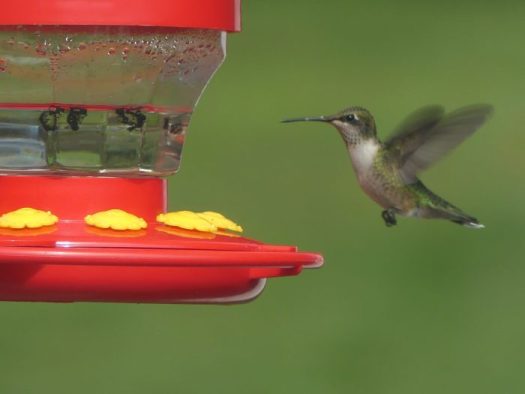The Great Backyard Bird Count (GBBC) will be held February 16-19, 2024, which is a unique opportunity to get the family involved in this popular hobby of recording bird sightings. This annual Bird Count unites the world in this single effort.
An event that involves birders of all ages in counting birds to create a real-time snapshot of bird populations, the GBBC is a great activity for children and adults. Participants are asked to count birds for as little as 15 minutes (or as long as they like) on one or more days of the four-day event and report their sightings online at birdcount.org.
Anyone can participate in the Great Backyard Bird Count, from beginner to expert birders, and you can participate from your backyard or from anywhere in the world. It sounds easy… and without stress? Simply count your bird sightings for 15 minutes and you will have contributed to the backyard bird statistics that scientists use for their research.
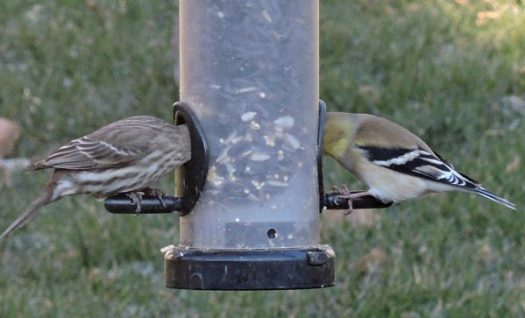
.
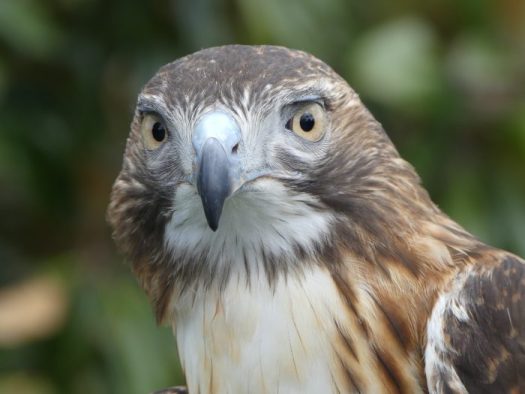
Citizen science is trendy right now for good reason. People feel empowered when they can contribute to the database that scientists around the world can use in their studies of bird migrations. And what better research than the behavior and numbers of backyard birds? This part of the natural world is highly visible and of interest to many people, and gets children involved in the natural world.
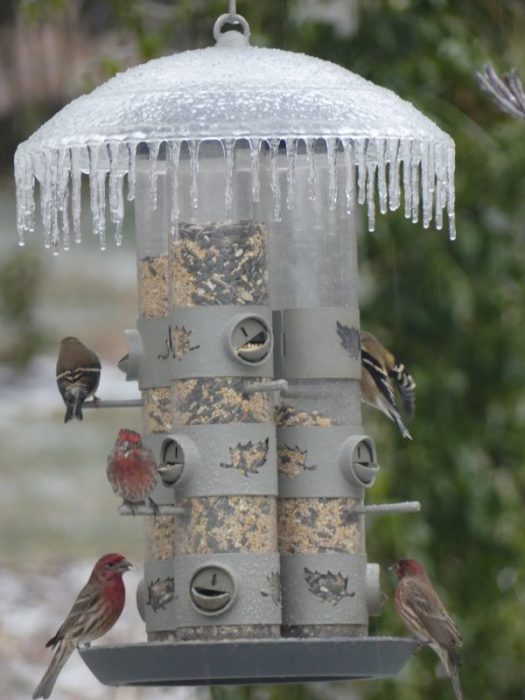
We are a nation of ‘bird feeders’! According to The Bird Watching Daily, more than 52 million Americans feed wild birds or other wildlife around their homes. Some statistics: “Two-thirds are women and almost 60 percent were between 45 and 64 years old. On average, participants had been feeding birds for 18 years.” Wanting to bring nature, therapy, education, and beauty to your backyard, many bird feeders are passionate about birds and spend a lot of money on this multi-billion dollar industry. Suet, nectar feed, bird feeders, houses and baths can be added to this list along with the more mundane birdseed. For my suet recipe, go to Suet for Birds.
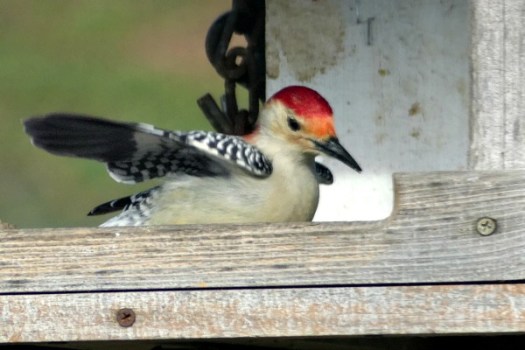
Another important fact about The birdwatching diary: “Engaging in the pastime of feeding wild birds,” they write, “can be an excellent catalyst for engaging in greater levels of outdoor recreation and greater stewardship of the natural world.” Amen! We need greater outdoor appreciation and engagement with our natural world in this digital age.
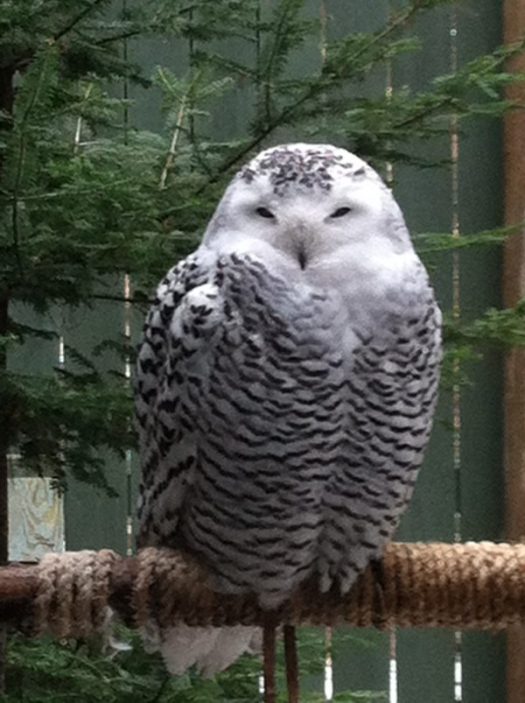
- Count birds wherever you want. Indoors, watching the bird feeder, or outdoors on a walk for at least 15 minutes. Keep track of numbers, species, and duration.
- Estimate how many birds you saw of each species. Flocking birds are difficult, but do your best.
- Enter your list online at BirdCount.0rgafter first establishing an account. You can start recording your bird sightings at midnight local time on the first day of the count from anywhere in the world.
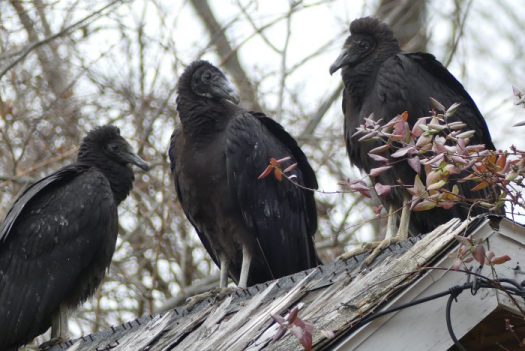
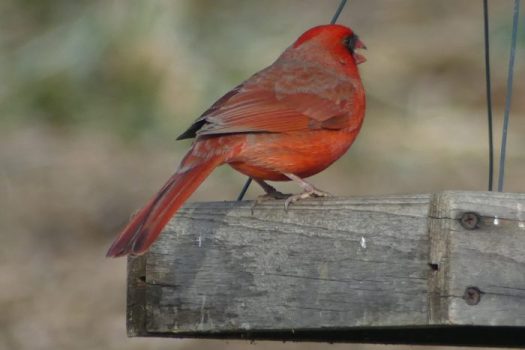
Bird populations are always changing and in 2014, snowy owl sightings increased in the Northeast and Mid-Atlantic, which were recorded on the GBBC. As an indicator, climate changes, such as warming weather, also appear in these bird counts. More southern birds migrate further north, or birds change their routes, shortening or canceling their journey entirely as a result of changes in temperature.
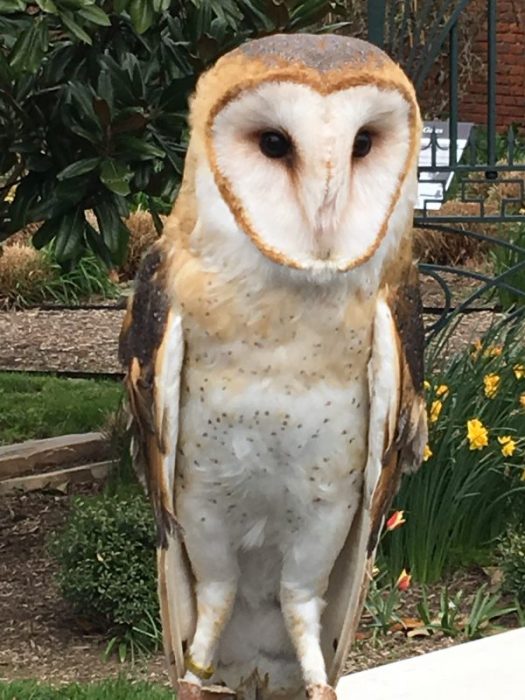
Some birds, such as winter finches, appear in large numbers during some years, but not other species. Scientists can learn from the different patterns that occur year after year.
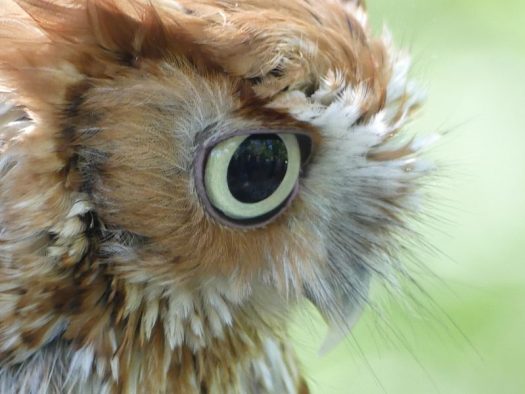
It is always interesting to observe the results. According to the GBBC website: “Collectively, we found 7,538 bird species: 2/3 of those known 10,960 species with which we share the planet. More than 200 countries “We gather to share bird sightings, making our global display map light up for four consecutive days.” To see the summary of 2023 results, go to GBBC overview for 2023 and see the most sighted birds. Even if you can’t identify all the birds you’ve observed, if you look at these lists and photographs, you’re sure to see local birds.
I was especially interested in what others saw in my area, here in Maryland, and if you’re going to Explore local results, You can see what was reported in your danger zone.
Do you want to learn more? Register for a free livestream event on Tuesday, February 13, 2024, from 1:00 to 2:00 pm ET. Panelists will explain how to participate in this exciting global event and how participation could extend beyond your back door. Find out how to join a group participating in GBBC and explore fun ways to get kids involved. From tips for identifying birds to counting them with ease, this webinar is your ticket to an engaging and safe GBBC experience. Click this link for more information and to register:
https://dl.allaboutbirds.org/2024gbbcwebinar?
Start counting!
